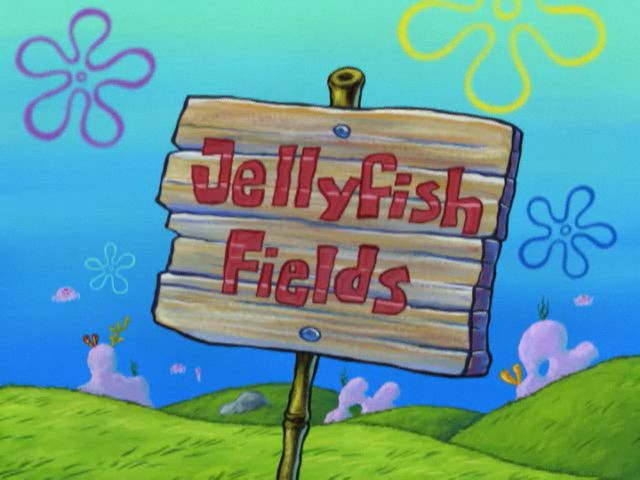Because in this strange, obviously absurdist timeline wherein we find ourselves living it can only be logical to assume that the current spell of load shedding is due to some jellyfish that had to die in the most inconvenient of places. Who knows, maybe this is some sort of mass aquatic-life protest against us polluting the oceans?

In a recent Twitter post by Eskom, the reason behind the manual trip of the Koeberg Nuclear Power Plant has been confirmed. While it would have been easy to assume that the trip was done out of sheer incompetence, as are most actions taken by Eskom, apparently the engineers on call were forced to take action as the circulating water cooling system used to keep half the plant from overheated was clogged by “marine life (jellyfish and fish)”. Sure, why not?
Date: 12 March 2020
Koeberg Unit 1 Trip Status Update@News24 @TimesLIVE @eNCA @iol @SABCNewsOnline @TheCitizen_News @SAfmRadio @POWER987News @ukhozi_fm @METROFMSA @ewnupdates @Newzroom405 @chrisyelland @EngNewsZA pic.twitter.com/kj3kYQjcBM
— Eskom Hld SOC Ltd (@Eskom_SA) March 12, 2020
In a statement that reads like that one time you desperately needed to come up with an excuse as to why you forgot to do your homework, Eskom laid out the details as to why the trip was necessary. “Normally, Koeberg units are able to survive a trip of one circulating cooling water system pump. The actions required from the Operators are to reduce power to below 60% and to ensure that temperatures of various components on the secondary side stabilises. In this case, the temperature did not stabilise due to the heat exchanger remaining in service had reduced heat transfer efficiency and was planned for maintenance this week.”
Eskom confirms that the cooling system was damaged due to excessive levels of marine life congesting the system and elaborates that all debris has been cleaned out at the time of writing. The drum filter is back online and functioning and no long term damage has been observed. However that doesn’t mean we get to wave goodbye to load shedding as the statement confirms that we can still expect at least a few more powerless hours over the weekend.
“Eskom advises that Stage 4 load shedding will continue until Friday evening. We expect that loadshedding, at reduced stages, may continue this weekend. We are currently utilising emergency generation reserves to supplement power,” writes Eskom.
If you’re stuck in the dark this weekend, be sure to check out our guides are how to survive during load shedding. You’ll be able to find everything from how to stay safe in the dark to how to keep the WiFi on when the power dies.
Stuff has reached out to the jellyfish involved in the incident but has yet to receive a response.




